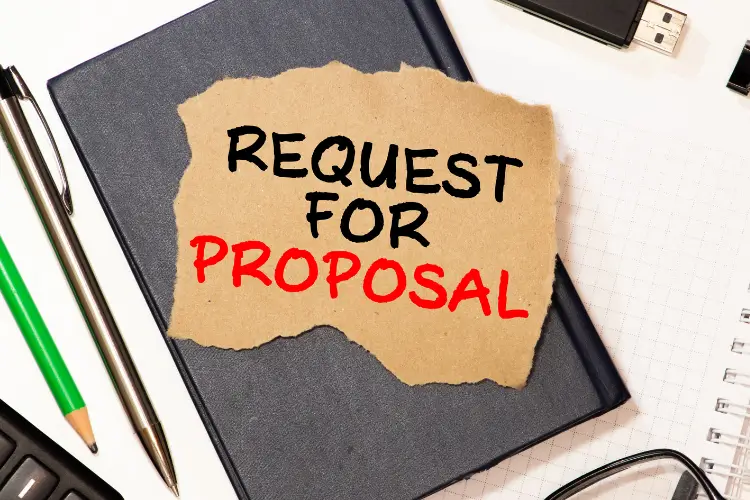When businesses seek external vendors for services and products, maintaining an effective procurement process is vital. RFP management is a structured approach that allows organizations to solicit bids from potential suppliers to assess value and capability. As the marketplace grows increasingly competitive, understanding the nuances of RFP management can give companies a definitive edge. In this article, we’ll delve into the complexity of RFP processes and uncover how they can be managed for optimal outcomes. Keep reading to unearth the essentials of successful RFP management.
Understanding RFP Management in the Business Procurement Process
A pragmatic approach to procurement, RFP management, is about creating comprehensive documents that lay out project specifics and invite suitable vendors to offer their proposals. It encompasses defining the project scope, budget constraints, and expected timelines. The goal is to ensure that vendors are fully informed and able to provide tailored solutions that meet the client’s requirements.
RFP management serves as a strategic framework to identify the right vendor. It allows for an apples-to-apples comparison, making it easier to evaluate various factors such as costs, technological capabilities, and service delivery frameworks. Thus, it enables procurement teams to make well-informed decisions.
At its core, what is RFP management if not a nuanced coordination between clarity of demand and an in-depth understanding of market supply? It must effectively communicate the project needs while also deftly handling vendor relations and follow-up inquiries. Navigating this terrain requires nuanced skills and keen attention to detail.
Key Steps in the RFP Process: From Preparation to Awarding
The RFP process is divided into several critical stages, each with its significance. The first step is to prepare the RFP document, which involves compiling all necessary project details, expected outcomes, and criteria for vendor selection. This foundation is key to a transparent and effective bidding process.
Once the RFP is distributed to potential vendors, the next step involves managing the responses. This stage is all about handling queries, clarifying expectations, and making sure vendors have everything they need to submit comprehensive proposals.
Proposal evaluation is another pivotal step, wherein a systematic review of all bids is conducted to assess their merits. This phase often involves scoring systems and may require iterative discussions to understand the nuances of each offer.
Best Practices in RFP Management for Successful Vendor Selection
Alt text: Employees in a team meeting discussing what is RFP management and what are the objectives.
Best practices in RFP management begin with the clear articulation of objectives and constraints. It is beneficial to be forthright about the priorities and deal-breakers, as this enables vendors to align their proposals more effectively with the buyer’s needs.
Equally important is establishing a structured and transparent evaluation criteria system. This framework not only streamlines the assessment process but also instills confidence in vendors about the fairness of the selection process. Consistency in applying these criteria is paramount to maintaining integrity.
Stakeholder engagement throughout the RFP cycle cannot be overstated. Since the procurement decision often affects various parts of the organization, involving key personnel ensures that the selected vendor’s solution aligns with broader organizational goals.
Measuring the Success of Your RFP Strategy: Key Performance Indicators (KPIs) and Metrics
Alt text: Office space with multiple monitors showing the KPIs like the cost savings achieved by using RFP management.
Measuring the success of RFP management strategies is vital for continuous improvement. KPIs such as the number of quality bids received, the time taken to select a vendor, and the cost savings achieved are common metrics to monitor.
Analyzing feedback from stakeholders on both the procurement team and vendor side offers an in-depth understanding of the process’s efficiency. Satisfaction levels can highlight areas where adjustments may be needed, whether in communication, timelines, or document clarity.
Overall, effective RFP management is a strategic asset for organizations, vital for forging successful vendor relations and achieving business goals. By adhering to best practices and leveraging RFP software, companies can create a robust, transparent procurement framework that yields measurable benefits. Assessing success through KPIs and metrics ensures that the RFP process remains a dynamic and powerful tool for business procurement.




